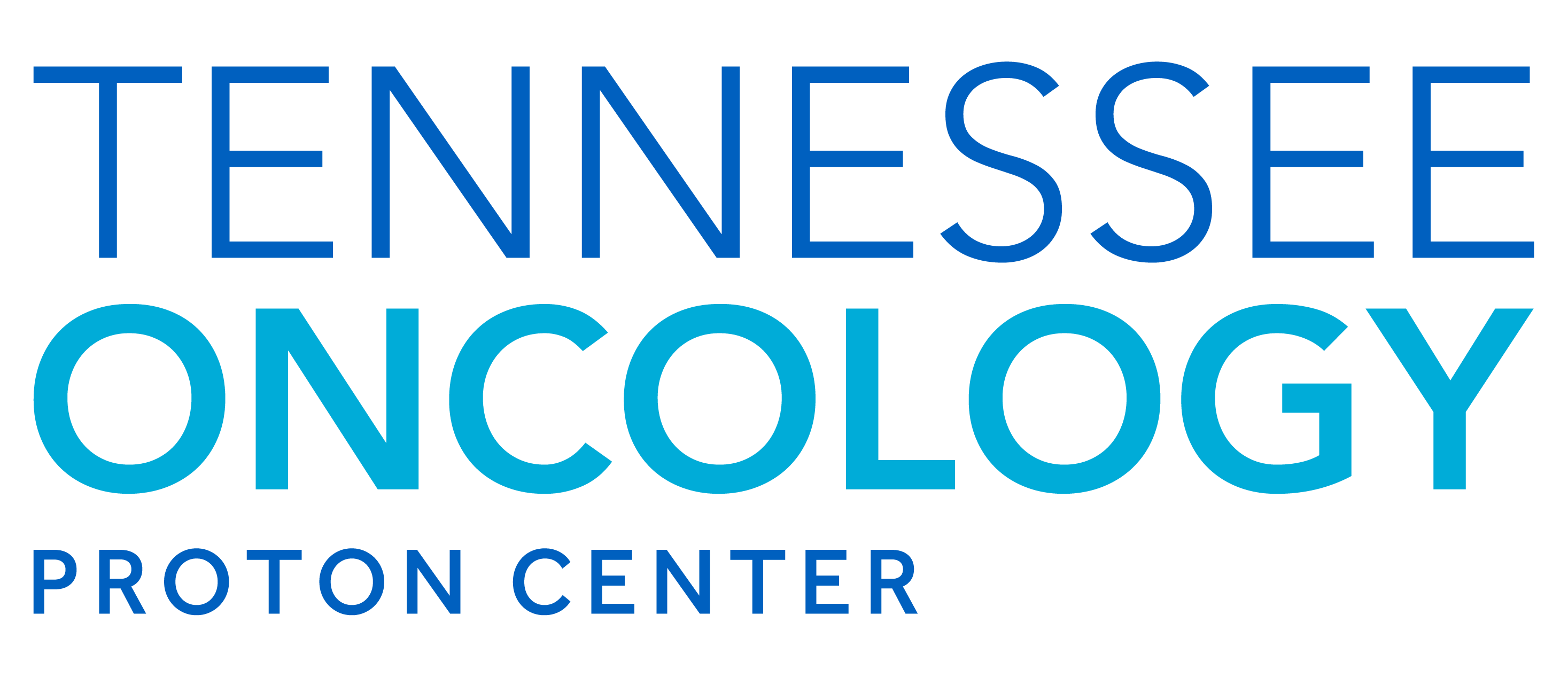Table of Contents
Trial Overview: RadComp Study
A major new clinical trial—named RadComp—has begun comparing **proton therapy** to **photon (standard X-ray) therapy** in treating nonmetastatic breast cancer. The goal is to see whether proton therapy can reduce long-term heart risk and preserve quality of life while achieving similar cancer control.
This is the first randomized trial of its kind in breast cancer. Early outcomes on patient quality of life have now been reported at six months, giving a first glimpse of how the treatments compare.
Why This Study Matters
Radiation for breast cancer often involves treating chest wall areas and nearby lymph nodes. Because the heart and lungs are close by, there is concern that radiation could increase the risk of long-term heart problems.
Proton therapy has the physical property of depositing most of its energy directly in the tumor, with little “exit dose” beyond. This suggests it might reduce unintended radiation to the heart or lung tissue. Demonstrating real clinical benefit, especially in a randomized trial, is key to understanding whether this theoretical advantage translates into better outcomes.
Study Methods & Design
Over 1,200 breast cancer patients with nonmetastatic disease were enrolled in the RadComp trial across multiple centers. They were stratified by factors like age, cardiovascular risk, surgery type, and side (left vs right breast).
They were randomly assigned to receive either proton or photon radiation. Radiation fields included breast tissue, chest wall, and regional lymph nodes (including internal mammary nodes). Doses ranged from 45 to 50.4 Gy in daily fractions, with or without a boost to the tumor area.
Patient-reported outcomes (quality-of-life questionnaires, symptoms, cosmetic satisfaction, etc.) were collected before therapy, at the end, at one month, and at six months.
Early Results: Quality of Life & Patient Feedback
Through six months, both groups (proton and photon) showed **excellent and similar health-related quality of life** across multiple measures. That includes fatigue, cosmetic satisfaction, function, and general well-being.
Some differences emerged: patients in the proton arm were slightly more likely to report zero shortness-of-breath (versus mild symptoms). Also, more patients in the proton group said they would choose or recommend the same treatment again. However, when statistical adjustments were applied to reduce false-positive findings, those differences weakened.
Importantly, no meaningful or clinically significant negative quality-of-life outcomes were tied to proton therapy in the early follow up.
Interpreting the Findings & Caveats
These early results are encouraging, but they do not yet demonstrate a clear advantage for proton therapy. Quality-of-life appears comparable, which means proton therapy is performing at least as well in the short term.
Some things to keep in mind:
- The trial follow-up is short (six months). Long-term results—especially regarding heart disease or cancer recurrence—are not yet available.
- Because patients and doctors knew which therapy they were receiving, preference biases may influence self-reported outcomes (such as recommending the same therapy again).
- Small differences (e.g. in shortness of breath) may or may not hold up when more patients, longer follow-up, and stricter analysis are applied.
- The primary endpoints of the trial include long-term cardiac events and cancer control—these are still pending.
The fact that both arms preserved quality of life is reassuring, and suggests neither treatment causes large acute harm in these settings.
What to Watch for in the Future
The most critical results will come years down the road, when the trial reports its primary outcomes. Key questions include:
- Will proton therapy reduce the 10-year rate of major cardiac events compared to photon therapy?
- Will cancer control (local, regional, distant recurrence) be as good or better with protons?
- Will long-term quality of life differences emerge, particularly among survivors many years out?
- Which subsets of patients (those with left-sided tumors, higher cardiac risk, etc.) will benefit most from protons?
As those data mature, they could influence recommendations, insurance coverage, and selection of patients who are likely to gain the most from proton therapy.
Conclusion & What It Means for You
The RadComp trial is a groundbreaking step toward comparing proton versus photon therapy in breast cancer with rigorous data. Early results show that short-term quality of life is similar between the two treatments, and no major safety concerns appear in the proton arm.
For patients considering radiotherapy as part of breast cancer treatment, especially those with left-sided disease or higher cardiac risk, this data is encouraging because it suggests proton therapy is viable without early penalty. But it is not yet proven superior.
At the Tennessee Oncology Proton Center, we follow these studies closely. If you or a loved one is facing breast cancer treated with radiation, ask your oncologist whether you might qualify for proton therapy. As more evidence arises, we hope to offer you options supported by strong science, tailored for your heart and long-term quality of life.
References





